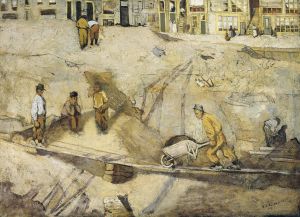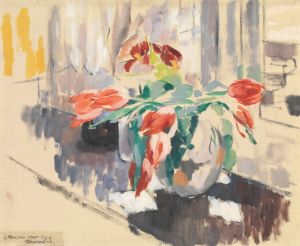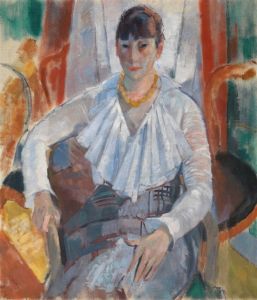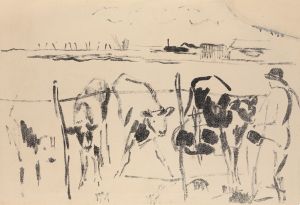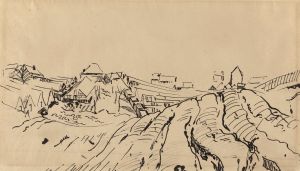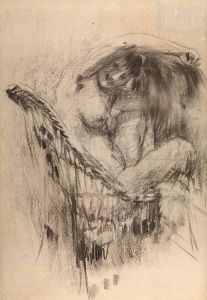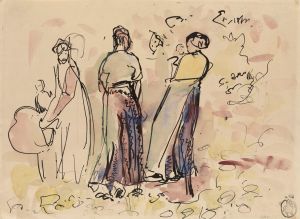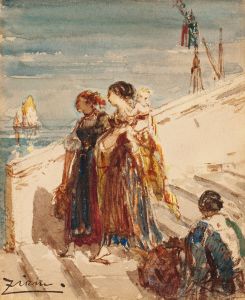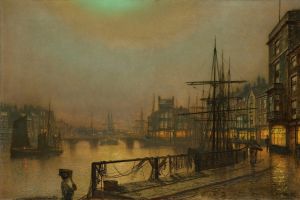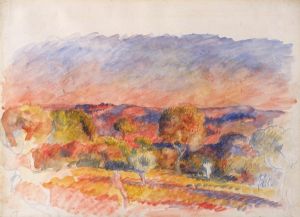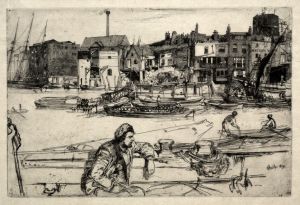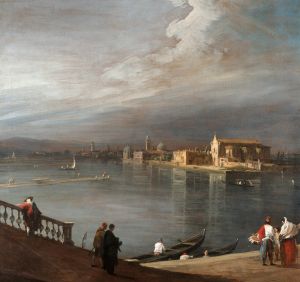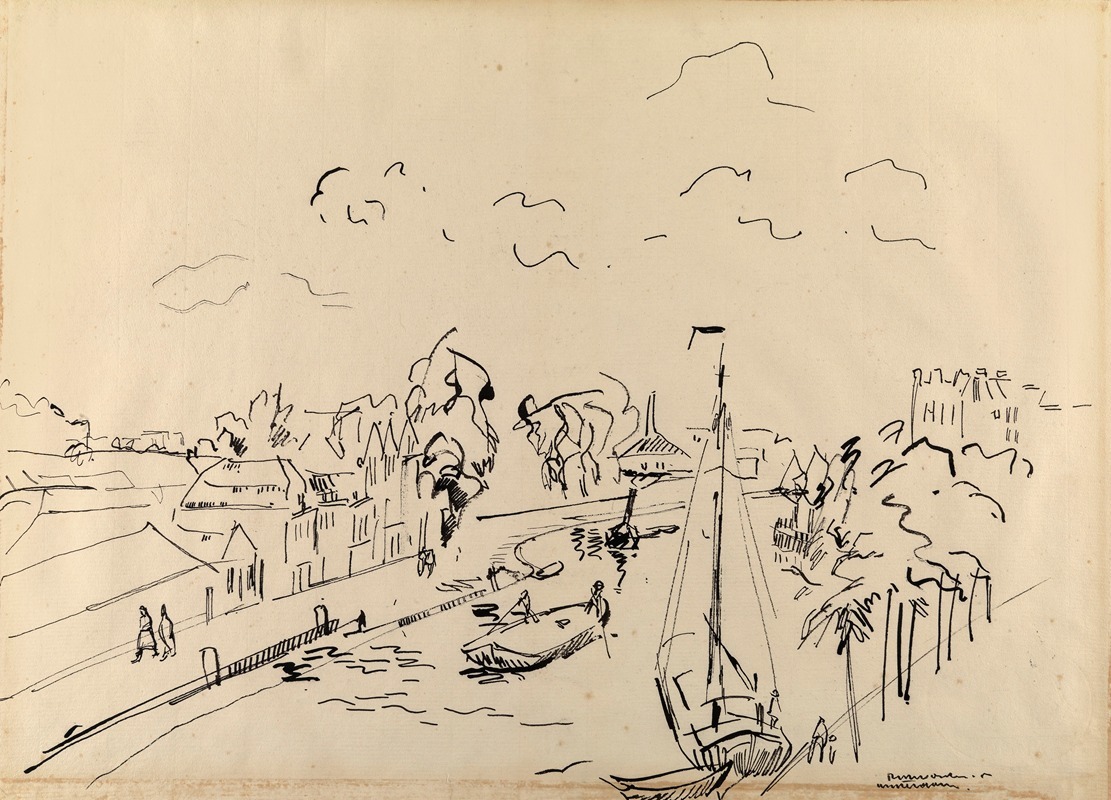
Kostverlorenvaart in Amsterdam
A hand-painted replica of Rik Wouters’s masterpiece Kostverlorenvaart in Amsterdam, meticulously crafted by professional artists to capture the true essence of the original. Each piece is created with museum-quality canvas and rare mineral pigments, carefully painted by experienced artists with delicate brushstrokes and rich, layered colors to perfectly recreate the texture of the original artwork. Unlike machine-printed reproductions, this hand-painted version brings the painting to life, infused with the artist’s emotions and skill in every stroke. Whether for personal collection or home decoration, it instantly elevates the artistic atmosphere of any space.
Rik Wouters was a prominent Belgian painter and sculptor, associated with the Fauvism movement, known for his vibrant use of color and expressive brushwork. Born in 1882 in Mechelen, Belgium, Wouters had a relatively short but impactful career, as he passed away at the young age of 33 in 1916. Despite his brief life, Wouters left behind a significant body of work that continues to be celebrated for its emotional depth and innovative style.
"Kostverlorenvaart in Amsterdam" is one of the many works by Rik Wouters that captures his unique approach to painting. The Kostverlorenvaart is a canal in Amsterdam, and it is likely that Wouters was inspired by the scenery during his travels or stays in the Netherlands. Wouters was known for his ability to capture the essence of a scene with bold colors and dynamic compositions, often focusing on everyday life and landscapes.
Wouters' style is characterized by its vivid color palette and loose, expressive brushstrokes, which are hallmarks of the Fauvist movement. Fauvism, which emerged in the early 20th century, emphasized painterly qualities and strong color over representational or realistic values. Artists like Wouters used color to convey emotion and mood, often applying paint in a way that prioritized the artist's subjective experience over objective reality.
In "Kostverlorenvaart in Amsterdam," Wouters likely employed these techniques to depict the canal scene with a sense of immediacy and vibrancy. His work often reflects a keen observation of light and atmosphere, capturing the transient effects of sunlight and shadow. This approach aligns with the broader Impressionist and Post-Impressionist movements, which also influenced Wouters' artistic development.
While specific details about the painting "Kostverlorenvaart in Amsterdam" are limited, it can be inferred that Wouters' interest in such a subject would align with his broader artistic themes. He frequently painted scenes from his surroundings, whether it was the bustling life of a city or the serene beauty of a landscape. His works often evoke a sense of intimacy and immediacy, inviting viewers to experience the world through his eyes.
Rik Wouters' contribution to art extends beyond his paintings. As a sculptor, he also explored form and movement, creating works that complemented his paintings' dynamism. Despite his untimely death due to cancer, Wouters' legacy endures through his vibrant and emotive artworks, which continue to be exhibited and appreciated worldwide.
In summary, "Kostverlorenvaart in Amsterdam" by Rik Wouters exemplifies the artist's Fauvist style and his ability to capture the essence of a scene through color and form. Although specific information about this particular painting is scarce, it remains a testament to Wouters' skill and vision as an artist who sought to convey the beauty and emotion of everyday life.





